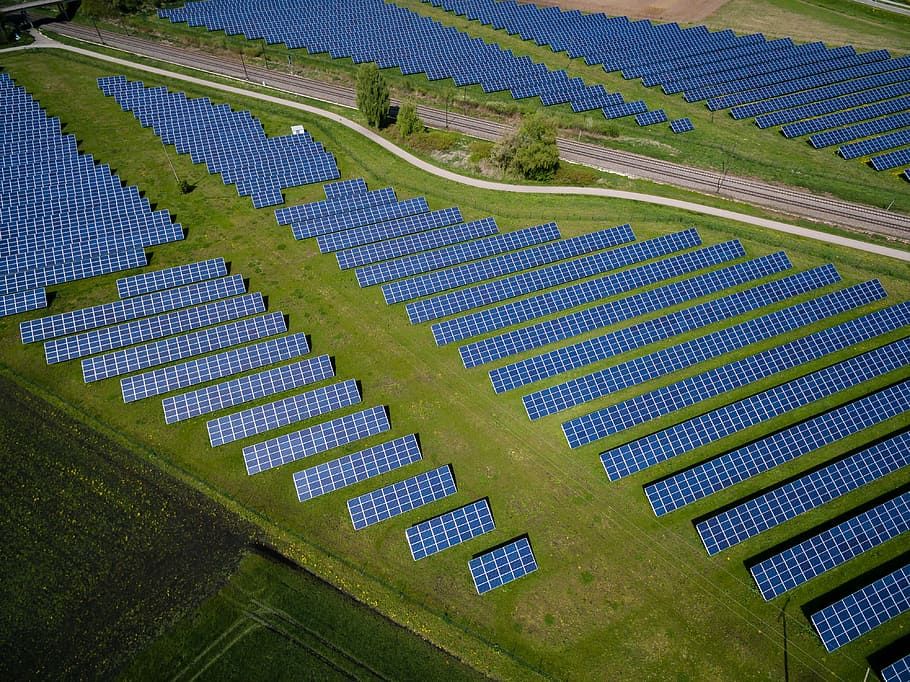A study by asset manager Lombard Odier has identified countries that are leading the way in developing renewable energy, and those that are falling behind.
The report, Predictors of Success in a Greening World uses a Green Complexity Index to measure the number and complexity of countries’ green products as a way to gauge green competitiveness over time.
In terms of green energy product exports, report author Dr Matthew Ives, senior research officer at Oxford University, said: “When you rank countries based on all of their green products… you can see there are some very strong players. Germany has been number one for decades. China is very much on the rise. The US has slipped somewhat. And there are some definite laggards like Australia.”
Australia
Ives commented that Australia’s potential in renewable production could outstrip its domestic demand. And the country has a number of large projects around supplying renewable energy to countries such as Singapore, Indonesia and Japan
“So it definitely will be able to export cheap, renewable energy to these export markets for countries that don’t actually have a lot of domestic supply of renewable potential like Singapore and Japan.
“But the far bigger market is actually the production of wind turbines. Unfortunately, Australia is not well placed in that regard because it has not built domestic capabilities in the production of those products and components.
“Although Australia is very blessed in terms of renewable energy potential, I don’t see it making any headway in actually producing offshore wind turbines anytime soon,” Ives said.
Should it choose to leverage that potential, the report noted, Australia could become a “green energy superpower.”
UK
The UK is a leading green spender, with a high green competitiveness score and above average green share of Covid-19 recovery spending, according to the findings. However, Dr Michael Urban, deputy head of sustainability at Lombard Odier, said a look at the number of listed companies in wind and solar in the UK might give a different impression.
“It’s quite interesting because when you look at listed equities, the UK actually only has one company. It’s specifically active in midstream and product manufacturing, which is considered to be a higher complexity part of the value chain,” he said.
The study focused on listed equities due to them being more accessible in terms of company data but, Urban said, this conceals many private sector wind and solar companies, which are not listed in global capital markets.
“It’s not necessarily to say that the UK is doing poorly, but actually has very few wind and solar corporates in the listed markets,” explained Urban.
Ives gave an example of where the UK’s potential lies: “The UK is well placed in a number of different products. For instance, optics, which they are currently competitive in that are not necessarily used in green products such as solar panels. But because they are close in proximity to the high-end glass that is a part of the more complex solar panel production, they can move into that place they have competitive potential in that space.”
China
The report authors noted China is in a particularly strong situation, stating its increasingly central role in the wind and solar landscape could offer the highest growth wind and solar market for investors.
“China is set to dominate complex wind and solar exports in the future. And that might actually come at the expense of the leadership of other countries, particularly might actually threaten Germany’s leadership in winter and Japan’s leadership in solar,” said Urban.
The report also stated China’s dominant position in supplying materials for renewables could pose supply chain risks for American and European companies dependent on its upstream inputs.
“China produces the majority of many crucial metals, such as steel and aluminium, and rare earth metals and minerals that are used in the production of wind turbines and solar panels globally. For example, as steel price rise and increasing freight rates in China created cost pressures for US-based Array Technologies.
“Array Technologies makes steel brackets and trackers that move solar panels towards the sun throughout the day. Now by June this year, its share price had fallen by more than 60% due to this cost pressure,” said Urban.
He concluded: “[China] is home to the majority of the most valuable wind and solar listed companies, has a strong domestic market, and its profile in global trade is set to rise in the coming years.”
Italy and Spain
Lombard Odier found Italy and Spain doing particularly well, alongside China, over the last 20 years.
“Between Spain and Italy’s rising profiles we see a potentially promising outlook for European wind and solar industries outside of Germany,” noted Urban.
He said previously “peripheral” European countries such as Italy, Spain or Turkey are showing potential in the wind and solar industry because “they are developing trailblazing wind and solar companies that could compete with incumbent players in Germany as well as the Nordic Region.”
Switzerland
“Switzerland does not appear to have focused on this green market but is well placed geographically to gain some momentum and may play a strong role in green finance,” said Ives.
He explained the story behind Switzerland’s current position in the green energy market, having ranked fifth in 1995 and sliding to 23rd now.
Urban continued: “Switzerland for quite some time has taken a strategic position to actually move away from being green manufacturing economy to being green services economy, and of course, sustainable finance is a case in point. As of today, Switzerland manages 1.5trn Swiss francs worth of sustainable financial assets. That actually accounts for 14% of the European markets in sustainable finance which is quite considerable.”
Ives pointed out there are still green manufacturing opportunities for Switzerland such as biogas as well as railway equipment: “I don’t think it’s going to be particularly hard for Switzerland to become 100% renewable very soon, very easily, if it chose to do so given the resources at its disposal.
“And also given that the EU is one of the places that are leading the green transition in terms of energy, [Switzerland] is certainly is well placed geographically to export green energy to the wider Europe.”








